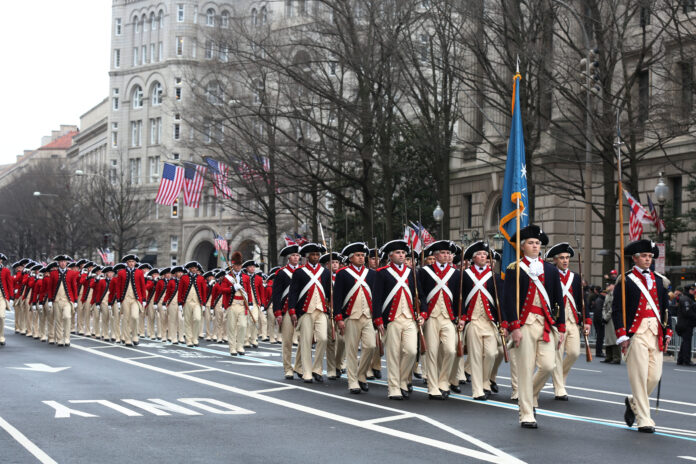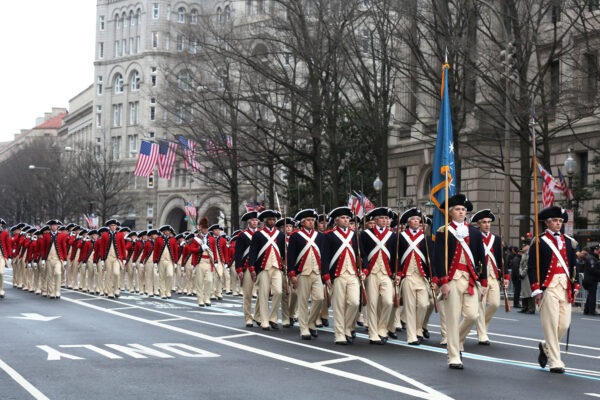
WASHINGTON D.C. – President Donald Trump’s long-desired military parade, a grand spectacle marking the 250th anniversary of the U.S. Army and coinciding with his 79th birthday, is set to roll through Washington D.C. today. Yet, its celebratory pomp is being met by a nationwide wave of “No Kings” protests, a deliberate counter-programming by activists aiming to reject what they view as authoritarian displays and reassert democratic values. This dual narrative playing out across America underscores the nation’s deep political divides and the enduring contest over its fundamental identity.
The “250th Birthday of the U.S. Army Grand Military Parade and Celebration” promises a formidable display of American military might. Thousands of soldiers from every division, alongside a powerful contingent of tanks, armored vehicles, and dozens of aircraft – from historic P-51 Mustangs to modern Black Hawks and Chinooks – are expected to parade down Constitution Avenue. The event, which culminates with a parachute jump, a concert, and fireworks on the National Mall, fulfills a long-held ambition for Trump, reportedly inspired by France’s Bastille Day parade.
However, the estimated $25 million to $45 million cost of the parade, coupled with concerns about the optics of a peacetime military display, has drawn sharp criticism from Democrats and some Republicans. Senator Rand Paul notably stated, “Never been a big fan of goose-stepping soldiers and big tanks and missiles rolling down the street.” Critics argue that such spectacles are more evocative of authoritarian regimes than a democratic republic.
Simultaneously, a broad coalition of over 200 organizations, including the ACLU and major labor unions, has launched the “No Kings” movement. This nationwide “day of defiance” aims to draw a stark contrast to the Washington parade, with over 2,000 protests planned in cities and towns across all 50 states, but notably not in the nation’s capital.

Organizers of the “No Kings” protests, spearheaded by the 50501 Movement (standing for “50 states, 50 protests, one movement”), explicitly state their intention to avoid Washington D.C. “Instead of allowing this birthday parade to be the center of gravity,” their website declares, “we will make action everywhere else the story of America that day: people coming together in communities across the country to reject strongman politics and corruption.”
The “No Kings” theme itself is a potent symbol, invoking the American Revolution and opposition to monarchical rule. Protesters are rallying against what they perceive as the Trump administration’s “authoritarian actions,” citing recent federal interventions in local issues like the deployment of National Guard troops and Marines to Los Angeles during immigration protests, against the wishes of the state’s governor.
President Trump, anticipating the protests, issued a stern warning earlier in the week: “By the way, for those people that want to protest, they’re going to be met with very big force. And I haven’t even heard about a protest, but you know, this is people that hate our country.” This statement itself drew further condemnation, with critics arguing it amounted to a threat against free speech.
As the tanks prepare to roll in Washington and thousands gather in cities from Philadelphia to Phoenix, the day promises to be a stark demonstration of America’s internal divisions. While the military parade projects an image of strength and unity, the “No Kings” protests serve as a powerful counter-narrative, asserting that true American power resides not in a display of military hardware, but in the collective voice of its citizens exercising their democratic rights. The nation watches, as two profoundly different visions for its future unfold simultaneously.